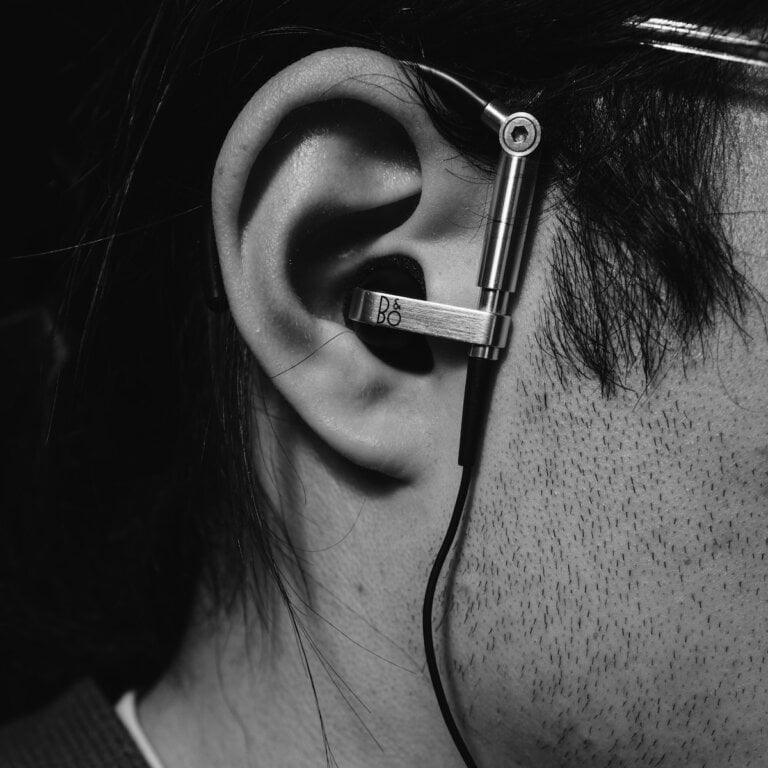Tiny Ears, Big Problems: Understanding Ear Infections in Children
Ear infections are a common concern for parents of young children. These infections, also known as otitis media, can cause significant discomfort and distress to little ones. It is crucial for parents and caregivers to understand the causes, symptoms, and treatment options for ear infections in children. This article aims to provide a comprehensive overview of ear infections and offer valuable insights into managing and preventing them.
What are Ear Infections in Children?
An ear infection occurs when the middle ear, the space behind the eardrum, becomes infected and inflamed. This condition primarily affects young children due to their developing immune systems, smaller Eustachian tubes, and a higher susceptibility to respiratory infections.
Causes of Ear Infections in Children
Several factors contribute to the development of ear infections in children:
-
Respiratory Infections: Children who frequently experience colds, flu, or other respiratory infections are more prone to developing ear infections. The bacteria/viruses that cause these respiratory illnesses can travel through the Eustachian tube and infect the middle ear.
-
Eustachian Tube Dysfunction: The Eustachian tubes in children are smaller and positioned more horizontally than in adults. This anatomical difference makes it harder for fluid to drain properly, leading to a buildup of fluid and increased risk of infection.
-
Allergies: Some children with allergies may experience chronic inflammation in the Eustachian tubes, making them more susceptible to ear infections.
-
Secondhand Smoke Exposure: Passive smoking can irritate the lining of the Eustachian tubes and increase the chance of infection.
It is important for parents to be aware of these risk factors and take appropriate preventive measures to minimize the likelihood of ear infections in their children.
Recognizing the Symptoms
Parents and caregivers should be vigilant in recognizing the signs and symptoms of an ear infection in their children. These symptoms may vary depending on the age of the child, but some common indicators include:
-
Ear pain or pulling at the ears: Babies and toddlers may not be able to communicate their discomfort verbally, but they may tug at their ears or display signs of irritability. This can be a strong indication of an ear infection.
-
Fever: An elevated body temperature is often present during an ear infection. If a child has an unexplained fever, it is worth considering the possibility of an ear infection.
-
Fluid draining from the ear: In some cases, a ruptured eardrum may occur, causing fluid to leak out of the ear. This can be alarming for parents, but it is important to seek medical attention if this occurs.
-
Difficulty hearing: Children may have temporary hearing loss or exhibit decreased responsiveness to sounds. If a child’s hearing seems impaired, it is important to have their ears examined by a healthcare professional.
-
Balance problems: Older children may experience difficulties with balance due to the infection affecting the inner ear. If a child is experiencing frequent falls or balance issues, it is important to consider the possibility of an ear infection.
If any of these symptoms are observed, it is essential to consult a healthcare professional for a proper diagnosis and treatment plan.
Treatment Options and Home Remedies
The treatment approach for ear infections in children depends on several factors, including the child’s age, overall health, and the severity of the infection. Some treatment options include:
-
Antibiotics: If the infection is bacterial and severe, a course of antibiotics may be prescribed by a healthcare professional. It is crucial to complete the full prescribed course to ensure the infection is completely eradicated. However, it is important to note that not all ear infections require antibiotics, as many are caused by viruses and will resolve on their own.
-
Pain Relief: Over-the-counter pain relievers, such as acetaminophen or ibuprofen, can help alleviate the discomfort associated with ear infections. However, it is important to follow the recommended dosage and consult a healthcare professional if unsure.
-
Warm Compresses: Applying a warm compress to the affected ear can provide temporary relief from pain and help reduce inflammation. This can be done by soaking a clean cloth in warm water and placing it on the ear.
In addition to medical treatments, some home remedies and preventive measures can assist in managing and preventing ear infections in children:
-
Breastfeeding: Breast milk contains antibodies that can help strengthen a child’s immune system and lower the risk of ear infections. If possible, it is recommended to exclusively breastfeed infants for the first six months.
-
Proper Hygiene: Maintaining good hygiene practices, such as regular handwashing and avoiding exposure to sick individuals, can reduce the chances of infection. Teaching children proper hand hygiene from a young age can be beneficial in preventing the spread of germs.
-
Vaccinations: Following the recommended vaccination schedule can help prevent certain illnesses that can lead to ear infections. Vaccines such as the pneumococcal conjugate vaccine (PCV) and the influenza vaccine can help protect against bacteria and viruses that can cause ear infections.
-
Avoiding Secondhand Smoke: Keeping children away from secondhand smoke can decrease their susceptibility to ear infections. Secondhand smoke can irritate the lining of the Eustachian tubes and increase the risk of infection. It is important to create a smoke-free environment for children to promote their overall health and well-being.
When to Seek Medical Attention
While many ear infections resolve on their own with time, it is important to be aware of situations that require medical attention. Parents should seek prompt medical assistance if:
- The child is younger than six months old and exhibits signs of an ear infection.
- The symptoms worsen or do not improve within 48 to 72 hours.
- The child develops a high fever (above 102°F or 39°C).
- There is fluid draining from the ear.
- The child experiences severe pain or shows signs of hearing loss.
It is always better to err on the side of caution and consult a healthcare professional if there are any concerns about a child’s ear infection.
Conclusion
Ear infections in children can be distressing, but with proper understanding and management, parents and caregivers can help alleviate their child’s discomfort and promote a speedy recovery. Recognizing the causes, symptoms, and treatment options for ear infections is crucial in providing the best care for young ones. By staying informed and taking appropriate preventive measures, parents can minimize the occurrence of ear infections and ensure the healthy development of their children’s ears.
FAQ
1. What causes ear infections in children?
Ear infections in children can be caused by respiratory infections, Eustachian tube dysfunction, allergies, and secondhand smoke exposure.
2. What are the symptoms of an ear infection in children?
Common symptoms of an ear infection in children include ear pain or pulling at the ears, fever, fluid draining from the ear, difficulty hearing, and balance problems.
3. How are ear infections in children treated?
Treatment options for ear infections in children include antibiotics for bacterial infections, pain relief medication, and warm compresses. Not all ear infections require antibiotics.
4. When should I seek medical attention for my child’s ear infection?
It is important to seek medical attention for your child’s ear infection if they are younger than six months old, if the symptoms worsen or do not improve within 48 to 72 hours, if they develop a high fever, if there is fluid draining from the ear, or if they experience severe pain or hearing loss.







